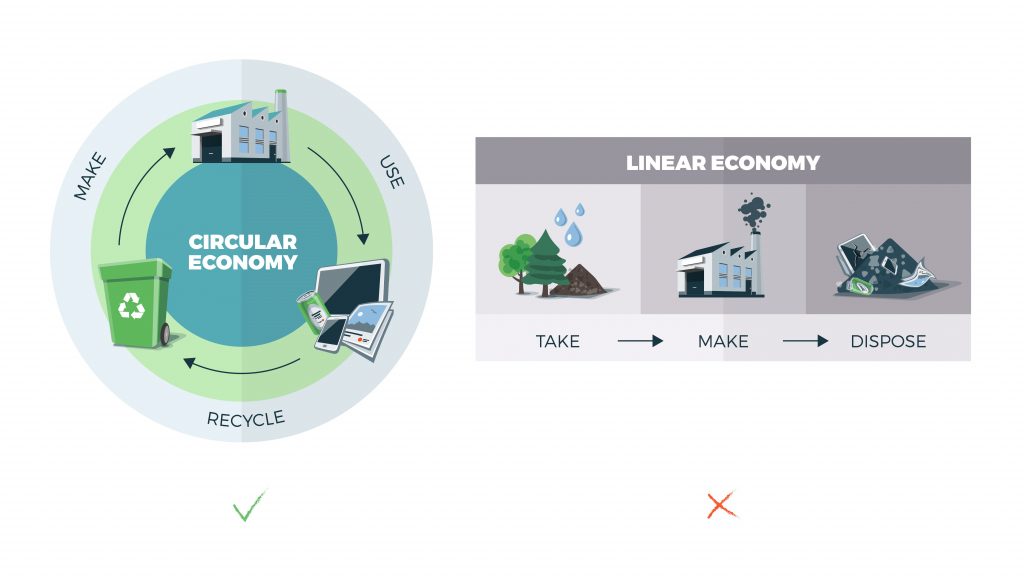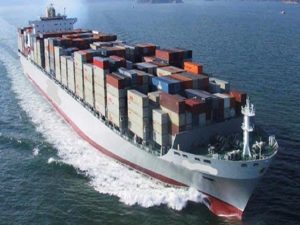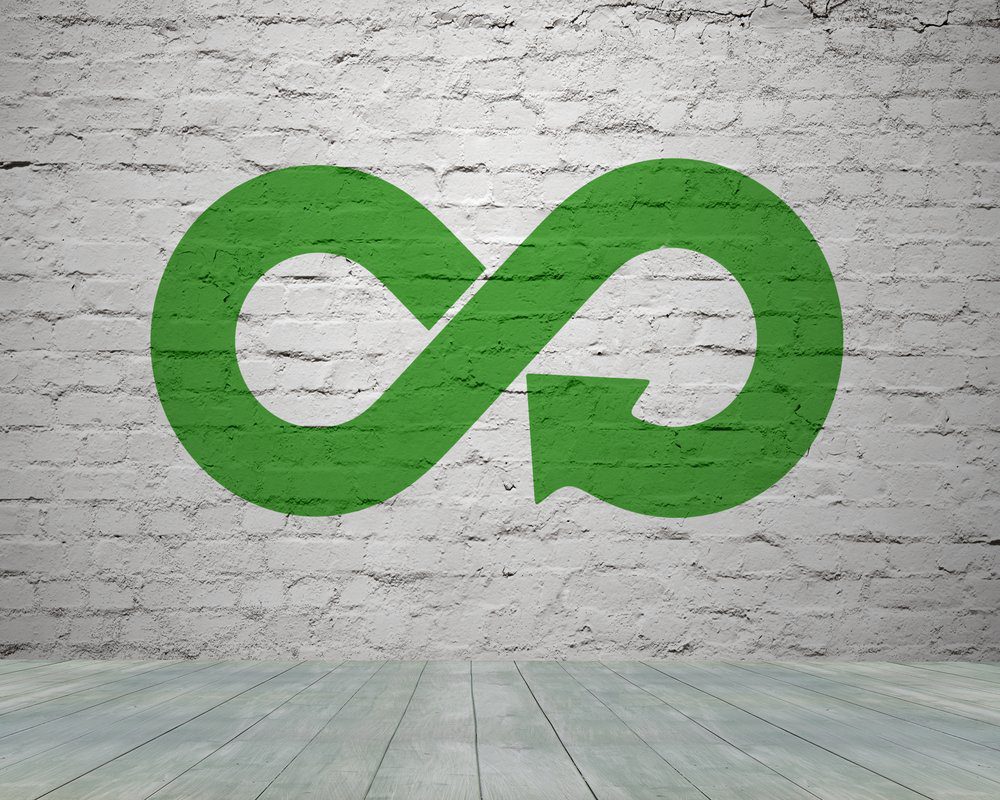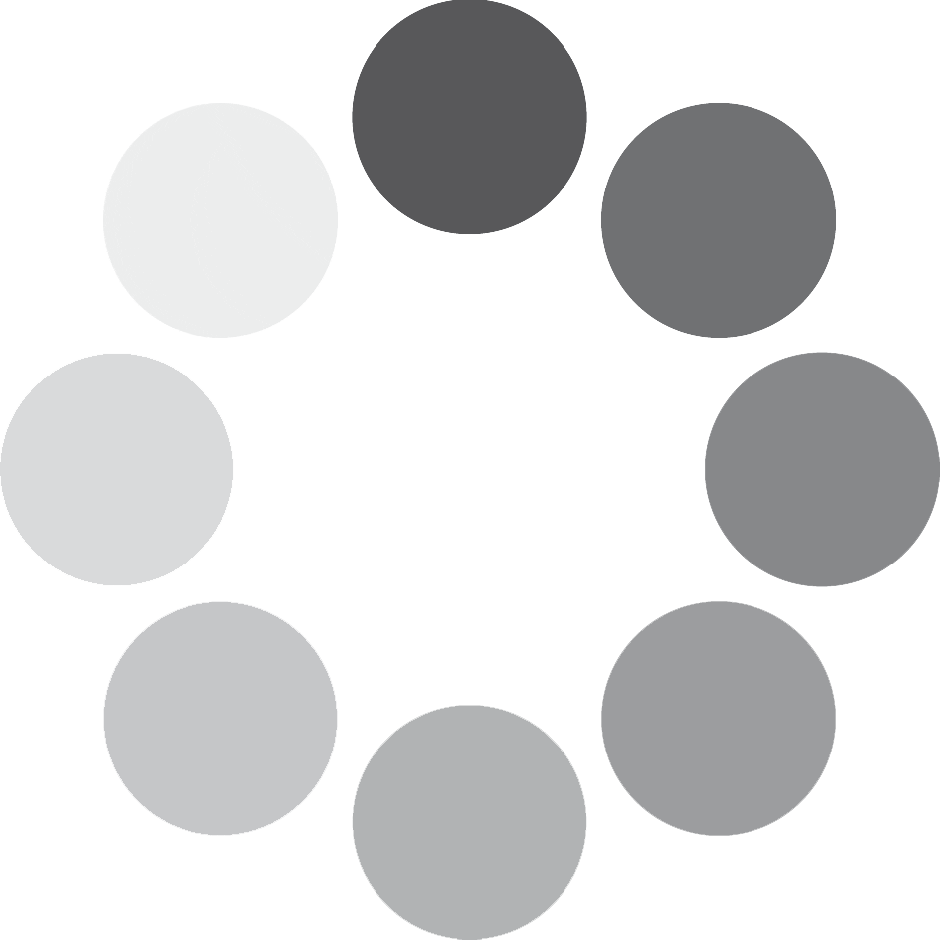Western culture has adopted a fundamentally flawed mentality when it comes to clothing manufacturing and distribution. The combination of technological advancements and globalization have undoubtedly caused a consumption issue within the clothing industry. As a result, adjustments must be made in order to better align our ways by embracing the concept of building sustainable processes, allowing civilization to enjoy great clothing, all the while making the best of the Earth’s available resources. In fact, the adoption of such sustainability presents great opportunity for businesses to embrace the idea of building sustainable and profitable business, taking part in the solution of one of our era’s greatest social problems at the same time.
As a broker providing solutions to the ‘crisis of stuff’; Bank & Vogue works directly with businesses both on the supply, and demand side of the equation. Our business model is built around the idea of helping organizations extend the life of quality goods within new markets, effectively turning what has traditionally been known as a linear economy, into a circular economy.
Our Planet Has a Problem
In the United States alone, every year approximately 21 billion pounds of post-consumer textile finds its way into a landfill. Equating to approximately 70 pounds of clothing per person. This number is growing every year, and some sources are even claiming that we buy as much as 5 times as much clothing as we did in 1980. Rampant consumption coupled with ecologically disastrous production methods makes the fashion industry the worlds #2 contributor to pollution worldwide, trumped only by the oil industry.
This ecological crisis is the result of an unsustainable model for the production and consumption known to us as a ‘linear economy’: A system where we take resources from the earth, turn them into products, and ultimately dispose of these products when they’re no longer used.
Bank and Vogue Has a Solution

The Linear Economy is often compared to the alternative concept of the Circular Economy, an idea that challenges our unexamined beliefs about how we, as consumers and businesses, traditionally relate to clothing.
In the production of a single cotton T-shirt an investment of 2700 litres of water is consumed. The process of natural resources being grown, shipped to a mill, bleached, dyed, chemically treated, and spun; all consumes a substantial amount of energy as the cotton is processed into the textile. After this, it is then shipped and distributed yet again before making its way onto store shelves.
When a T-shirt ends up in a landfill, we think it’s just a t-shirt. In truth, it’s hundreds of hours of labour, thousands of liters of water, and countless kilowatt-hours of energy that we are disposing of. In a linear model, disposing of this T-shirt means that individuals and society as a whole misses out on the return this investment of time, energy, and resources could be providing. We pay an ecological price for continually turning to the earth for more resources, resources which will eventually run out in our current state of being.
Conversely, in a circular economy, we can connect what we would consider to be the ‘end of life’ for our clothes and textiles in one market with the ‘beginning of life’ in a new market. Turning unsustainable linear patterns of consumption into a ‘closed loop’, we can continue to meet the demands of clothing markets worldwide while dramatically reducing reduce not only our waste, but our dependence on the earth to provide resources.
This is precisely the sourcing services that Bank & Vogue provides, which can help your business not only lead the charge into a new cultural relationship with clothing, but generate sustainable profits while doing it.
Accessing the Benefits of Circular Economics For Business

Bank & Vogue specializes in performing the recycling ‘legwork’ retailers cannot cost-effectively accomplish; finding new markets for returned, previously owned, or recycled clothing that would otherwise go to waste. Instead of having this material landfilled, Bank & Vogue can provide you an accessible means to capitalize on its inherent value, all while increasing the sustainability of your business!
For more detail on our services, feel free to explore our Store Returns and Used Product’s page. The idea of Circular Economics is a lofty one, but is easier and more profitable to realize than you might think! With service providers like Bank and Vogue, all it takes to contribute to helping solve one of the defining social problems of our time and make money while doing it, is getting in touch.







